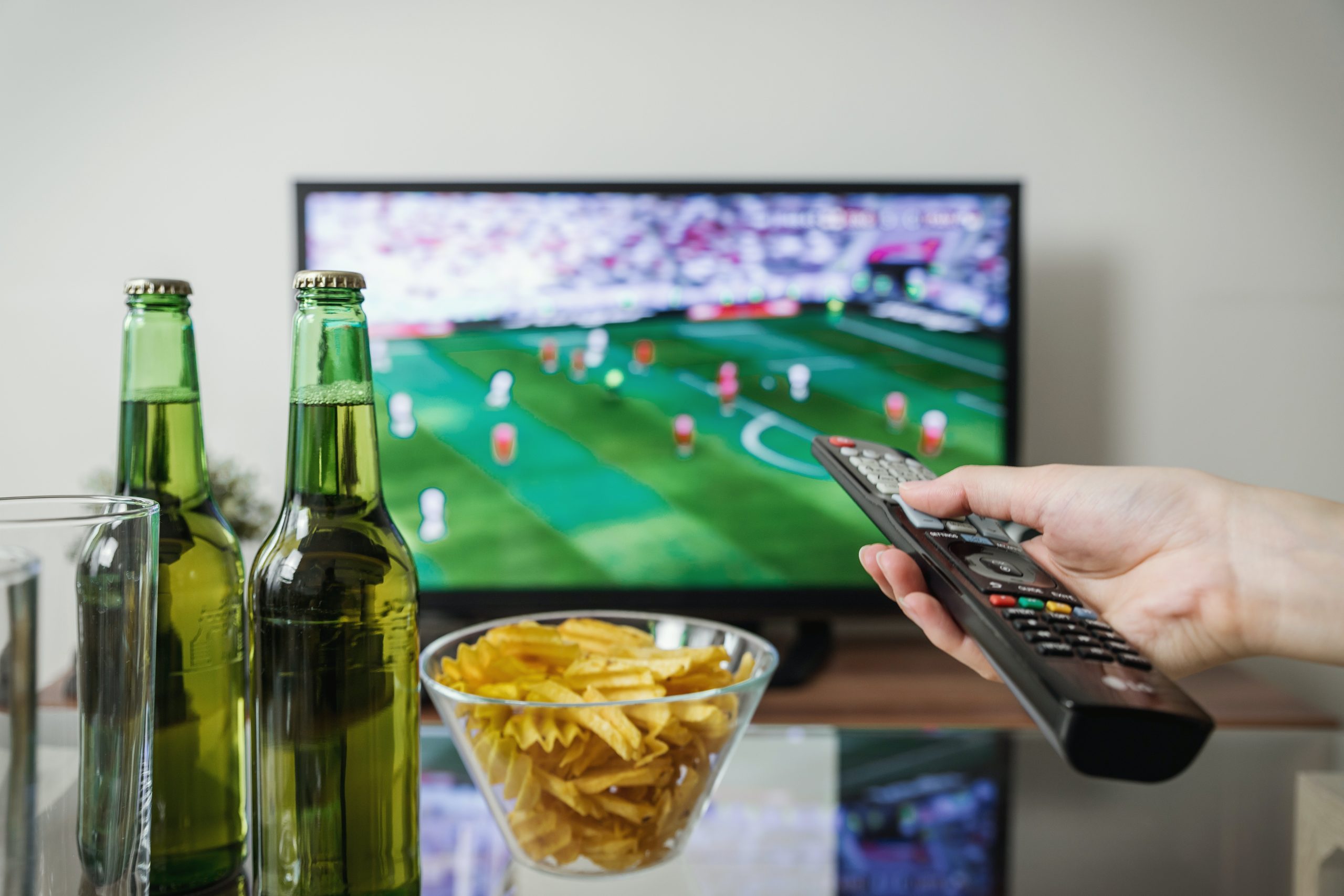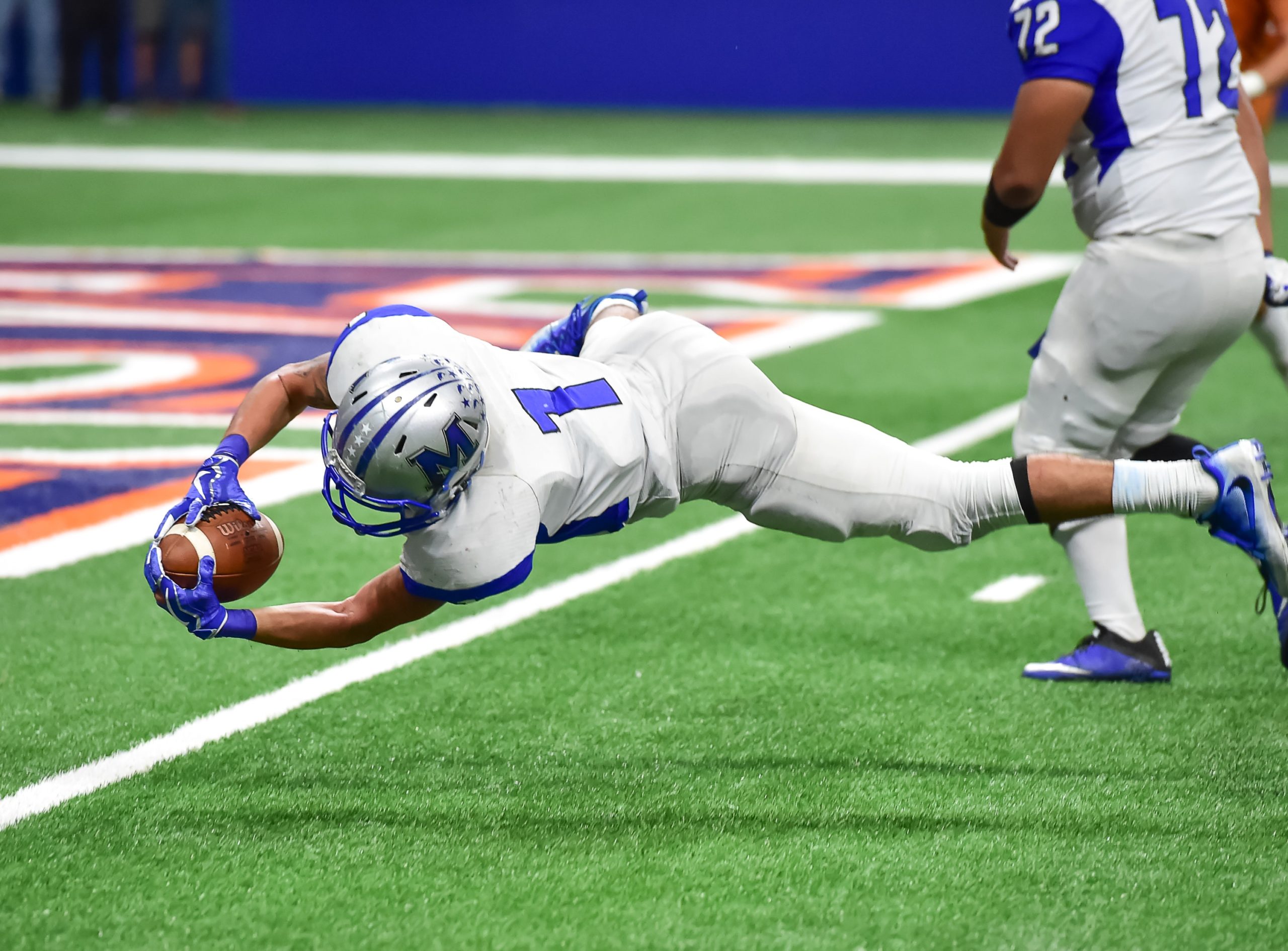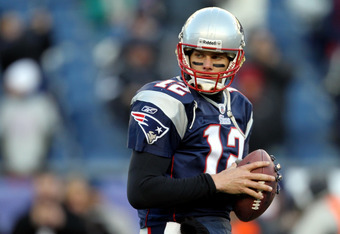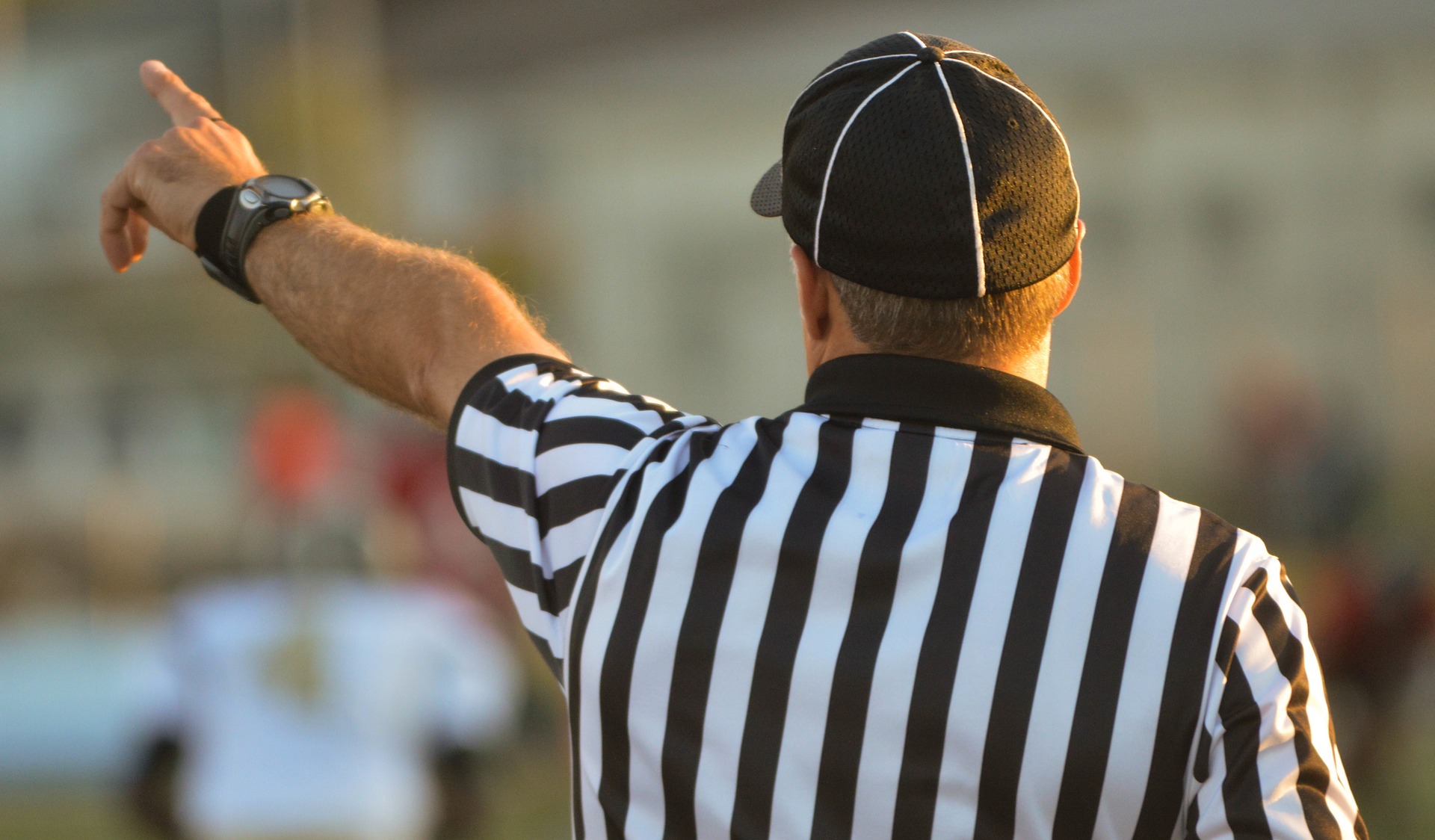
This week’s “Golden Anniversary” of the Super Bowl is also predictable PR gold. The fans and the media have two great heroes to root for and the differences couldn’t be more stark. Cam Newton, the 26-year-old wunderkind for the Carolina Panthers in only its second Super Bowl outing will be up against beloved veteran Peyton Manning, who, at 39, leads the legendary Denver Broncos for what could be his last Super Bowl. Newton, only the sixth African-American QB in the league, faces Manning, part of an unmatched NFL player dynasty.
We aren’t predicting any PR winners here today. Instead, we’re counting the ways feature reporters on various beats will cover the rivalry.
The health angle. It may be vanilla, but the healthy aging story just writes itself. Peyton Manning is turning 40, which is remarkable for a quarterback. It’s also the age range featured in health and medical articles about ailments from arthritis to erectile dysfunction. February is Heart Month, so naturally writers can use Manning as a poster boy for stories targeted to the 40-plus set about healthy diet or prevention. Or not….apparently Newton’s “childish” eating habits (lots of sugary cereal) will make him the topic of health food “makeover” articles from Dr. Oz to Joy Bauer.
The fashion factor. The style showdown has already begun, and it may be hotter than the game itself. Cam recently appeared in jungle print courtesy of Versace, while Manning sported a conservative blue Zegna suit. The contrast alone is enough to send fashion bloggers into a frenzy of wondering who wore what better. Will the Newton zebra pants send the company into overdrive (a la Princess Kate and Michelle Obama), will it “break the internet” like Rhianna’s yellow Met Ball cape, or simply make HuffPo and GQ worst-dressed lists?
The business pitch. A natural-born promoter, the $30-million-a-year Manning has sweet deals with huge sponsors like DirecTV, MasterCard, Gatorade, and Kraft. He’s also a savvy businessman who has invested in sports-related startups like Seat Geeks and Whistle Sports. While today it may look like Newton’s business investments run towards those $850 Versace pants, pundits will likely line up to advise him on where to park his millions. We bet on articles about sexy start-ups and sound stalwarts that fit the Newton “brand.”
A star is born. Industry-watchers say Manning’s “second act” is acting due to his natural star quality. Whatever the outcome of Sunday’s game, there will be lots for marketing and entertainment press to ponder when it comes to his future, given the tradition of sports stars showing up on camera in other careers. Although it’s too soon to see whether Cam Newton has the star stuff, some would argue that his on-field antics predict a dramatic future.
We’ll be watching the game and counting the stories that result from this made-for-the-media matchup.




